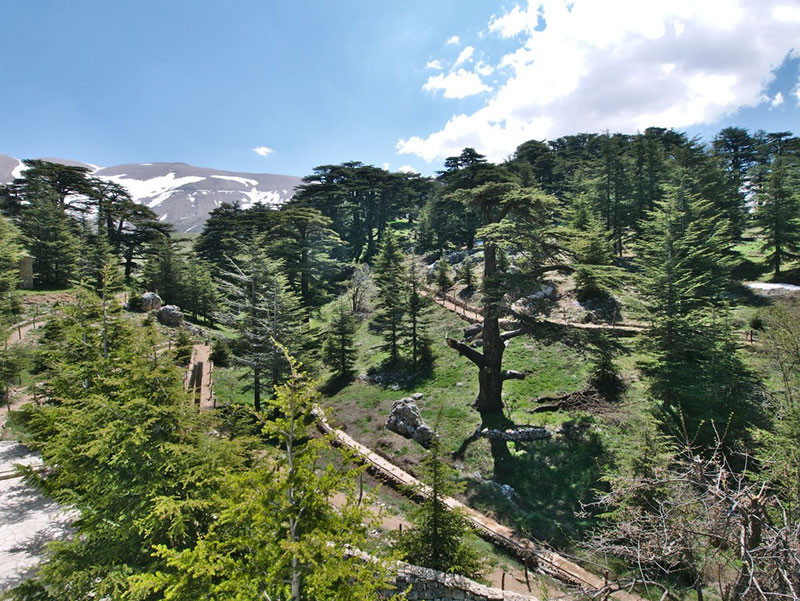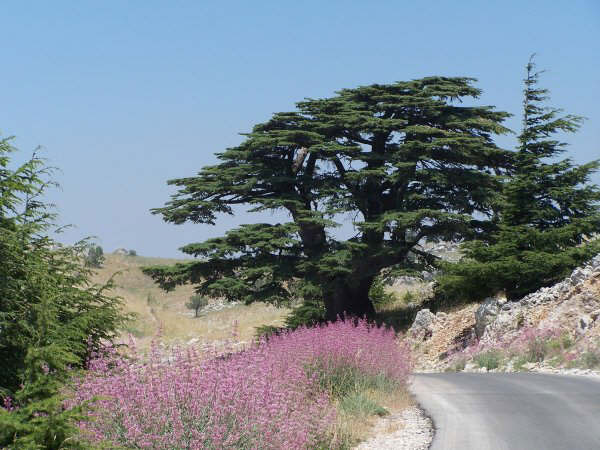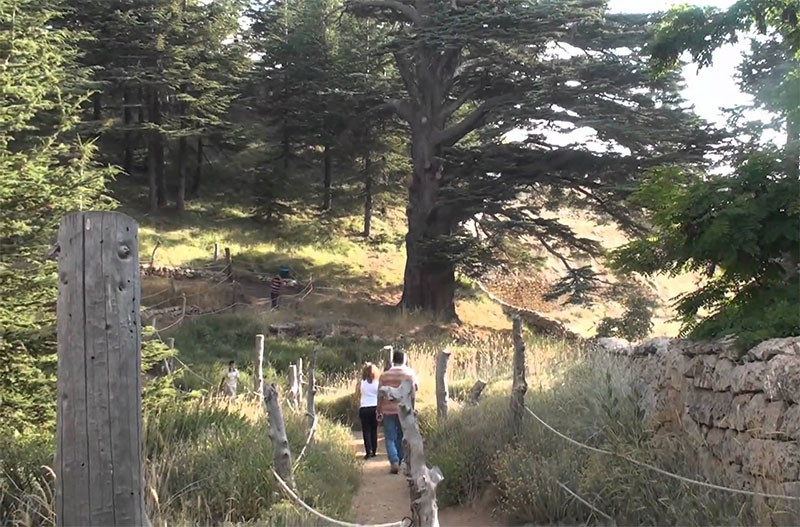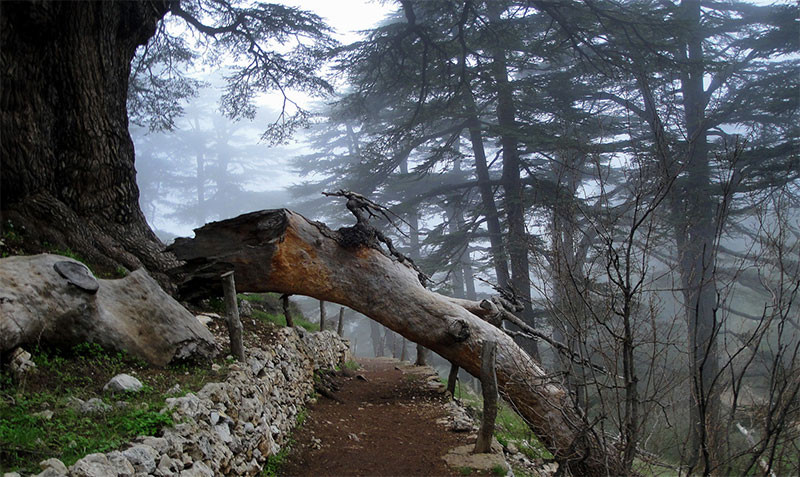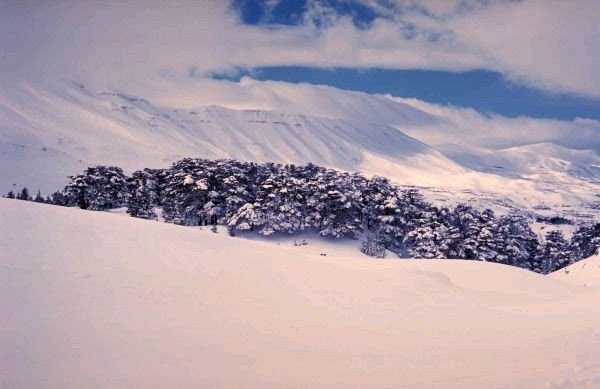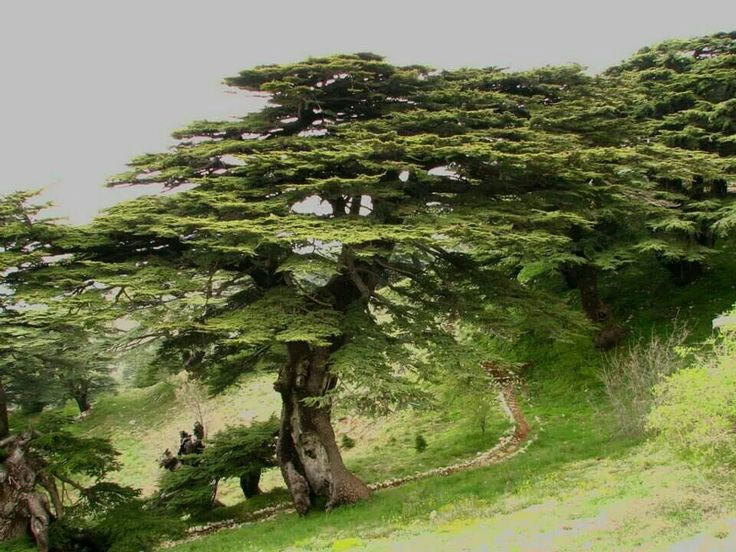Cedars of God
Place Category: Attractions
-
Profile
The Cedars of God (Arabic: أرز الربّ Arz ar-Rabb “Cedars of the Lord”) is one of the last vestiges of the extensive forests of the Lebanon Cedar, Cedrus libani , that once thrived across Mount Lebanon in ancient times. Their timber was exploited by the Phoenicians, Egyptians, Assyrians, Babylonians, Persians, Romans, Israelites and Turks. The wood was prized by Egyptians for shipbuilding; the Ottoman Empire used the cedars in railway construction.
The mountains of Lebanon were once shaded by thick cedar forests and the tree is the symbol of the country. After centuries of persistent deforestation, the extent of these forests has been markedly reduced.
It was once said that a battle occurred between the demigods and the humans over the beautiful and divine forest of Cedar trees near southern Mesopotamia. This forest, once protected by the Sumerian god Enlil, was completely bared of its trees when humans entered its grounds 4700 years ago, after winning the battle against the guardians of the forest, the demigods.[3] The story also tells that Gilgamesh used cedar wood to build his city.
Over the centuries, cedar wood was exploited by the Phoenicians, Egyptians, Assyrians, Babylonians, Persians, Romans, Israelites and Turks.[2][3] The Phoenicians used the Cedars for their merchant fleets. They needed timbers for their ships and the Cedar woods made them the “first sea trading nation in the world”.[4] The Egyptians used cedar resin for the mummification process and the cedar wood for some of “their first hieroglyph bearing rolls of papyrus”.[4] In the Bible, Solomon procured cedar timber to build the Temple in Jerusalem.[5] The emperor Hadrian claimed these forests as an imperial domain, and destruction of the cedar forests was temporarily halted.
Concern for the biblical “cedars of God” goes back to 1876, when the 102-hectare (250-acre) grove was surrounded by a high stone wall, paid for by Queen Victoria, to protect saplings from browsing by goats.[1] Nevertheless, during World War I, British troops used cedar to build railroads.
Time, along with the exploitation of the Cedars’ wood, has led to a decrease in the number of cedar trees in Lebanon. However, Lebanon is still widely known for its cedar tree history, as they are the emblem of the country and the symbol of the Lebanese flag. The remaining trees survive in mountainous areas, where they are the dominant tree species. This is the case on the slopes of Mount Makmel that tower over the Kadisha Valley, where the Cedars of God are found at an altitude of more than 2,000 metres (6,600 ft). Four trees have reached a height of 35 metres (115 ft), with their trunks reaching 12–14 metres (39–46 ft).
-
Photo
-
Map
-
Reviews
Sorry - Comments are closed


